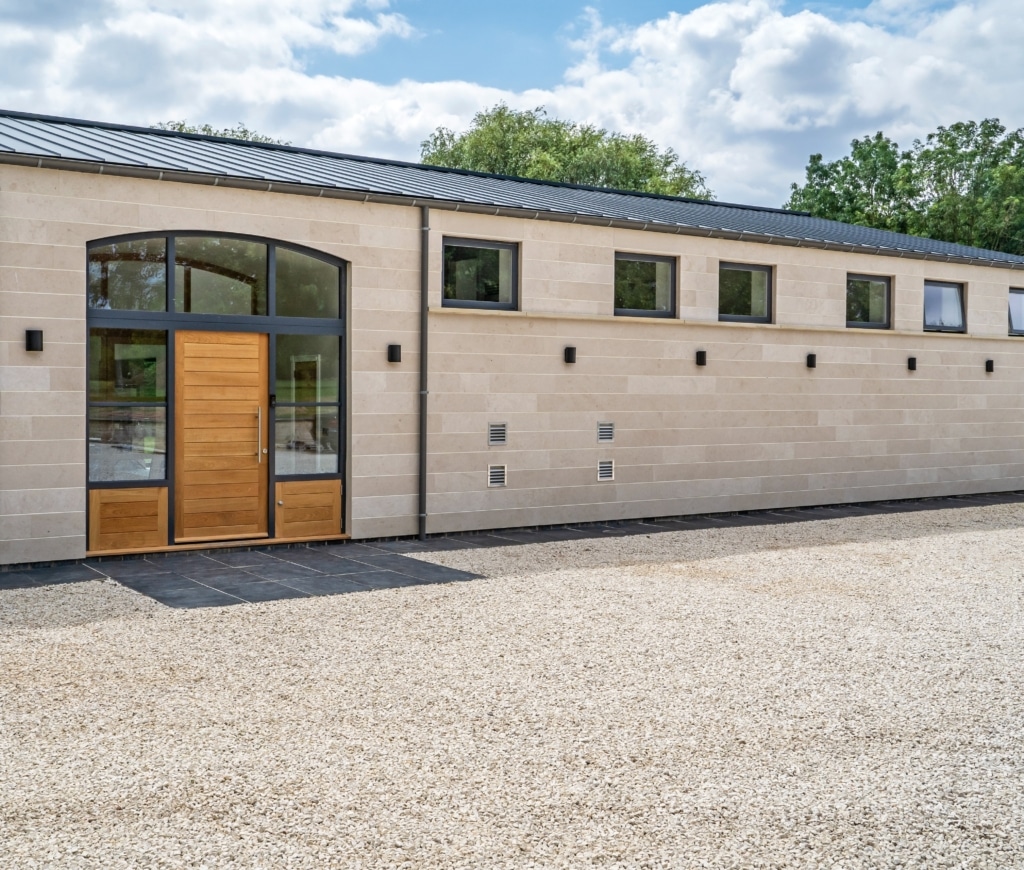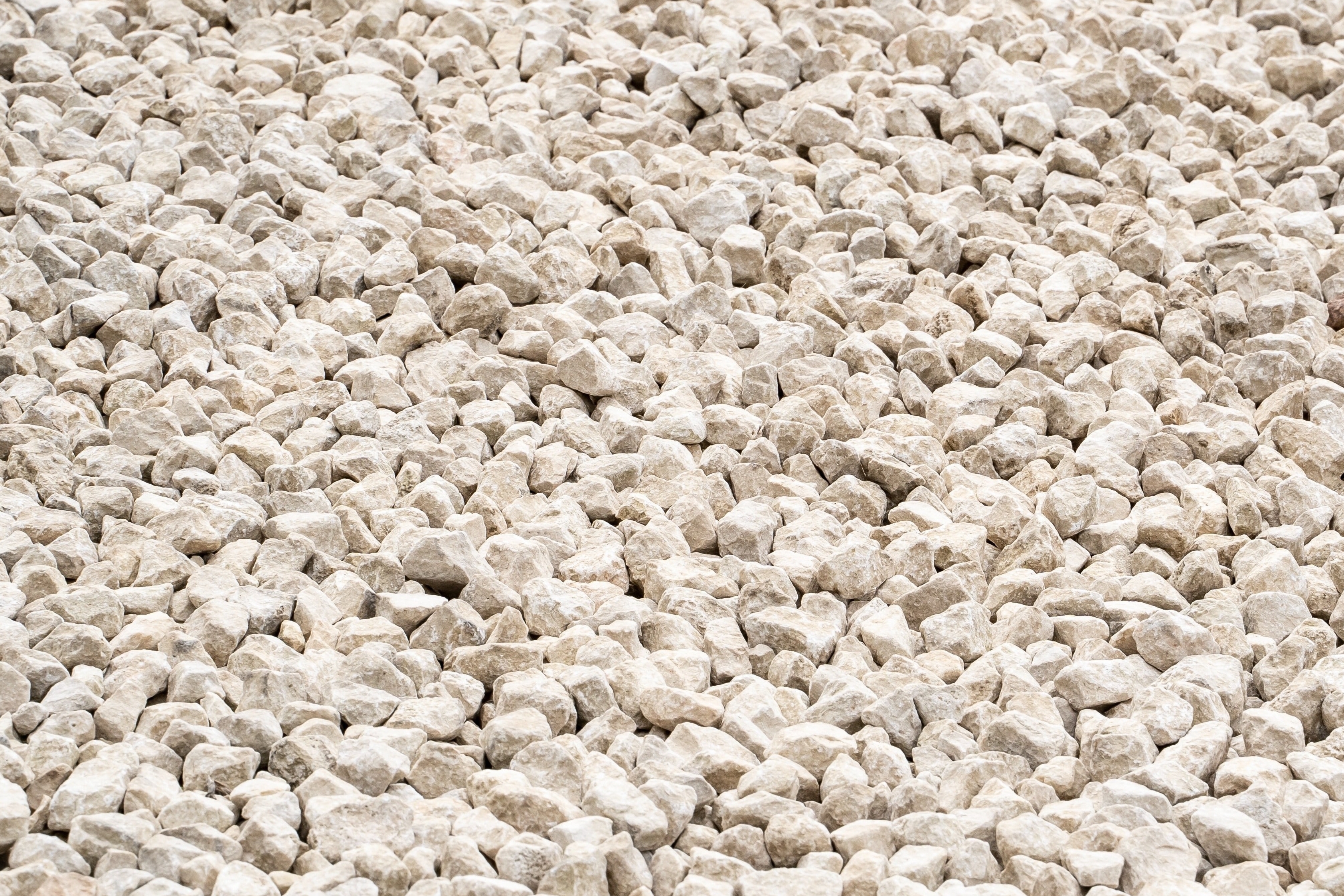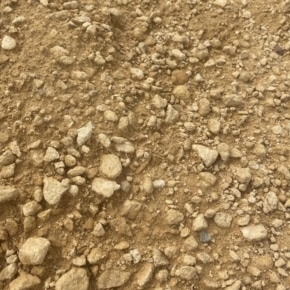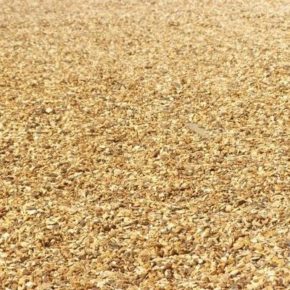Driveway Gravel Options from Stoneworld
Cream Self-Binding Gravel
A lighter version of the yellow self-binding gravel, this option offers the same firm finish but with a cleaner, pale appearance. It’s often used in modern residential developments or where a softer, brighter aesthetic is preferred. Like the yellow version, it forms a hard-wearing surface without the need for a separate top dressing.
Golden Gravel
Golden Gravel is a decorative loose aggregate made up of flint and quartz. It features a natural mix of golds, ambers, and browns, making it one of the most visually striking choices. This type doesn’t bind like the self-binding options, so it works best with proper edging to keep it in place. It’s commonly used for domestic driveways where aesthetic impact is just as important as performance.
Cotswold Yellow Gravel
This is a classic choice for driveways that need a traditional or rustic finish. Made from pale yellow limestone, it blends perfectly with countryside surroundings and period properties. While it’s a loose gravel like Golden Gravel, its angular shape helps it stay in place better than rounded alternatives.
Choosing the Right Gravel Size
For driveways, 20mm gravel is generally the best choice. It’s large enough to stay in place and provide a stable driving surface, but not so large that it becomes difficult to walk on. Smaller sizes like 10mm are more prone to shifting and can get stuck in tyre treads. Avoid using rounded pea shingle, as it moves easily and doesn’t compact well.
Need help working out how much gravel to order? Read our “How to cacualte how much gravel you need for your project”

Installation Guidelines
A well-laid gravel driveway starts with a solid foundation. Begin with 100–150mm of MOT Type 1 compacted sub-base. Then, add your gravel to a finished depth of 50–60mm. For self-binding gravel, the product itself will form the surface layer. For loose gravels like Golden or Cotswold, consider using stabilisation grids or well-defined edging to prevent migration.
A geotextile membrane is essential beneath the gravel to prevent weed growth and stop the gravel from mixing with the sub-base over time. This simple addition will dramatically increase the longevity and appearance of the surface.
| Gravel Type | Appearance | Surface Type | Best Suited For | Maintenance |
|---|---|---|---|---|
| Yellow Self-Binding | Warm golden | Compacted finish | Country properties, estates, footpaths | Low |
| Cream Self-Binding | Pale, clean tone | Compacted finish | Contemporary homes, private roads | Low |
| Golden Gravel | Mixed warm tones | Loose aggregate | Decorative driveways with edging | Medium |
| Cotswold Yellow Gravel | Creamy traditional tone | Loose aggregate | Period properties, rural homes | Medium |
Tips for a Long-Lasting Gravel Driveway
To prevent movement, always use angular gravel rather than rounded stones. Proper edging will contain the gravel and maintain the shape of the driveway. For loose gravels, stabilisation grids can help keep the surface even and ruts to a minimum.
Weed membranes are vital, but occasional weed control may still be required at the surface. Rake or brush the gravel periodically to level out tracks and redistribute displaced stones. With self-binding gravel, very little maintenance is required beyond the occasional re-compaction or topping up in high-wear areas.

Final Thoughts
At Stoneworld, we recommend self-binding gravel for most driveways due to its stability and minimal upkeep. If you’re looking for more decorative appeal, Golden or Cotswold gravel provides excellent colour variation and texture when installed correctly. Each type has its strengths—what’s most suitable will depend on your property style, maintenance preferences, and traffic levels.
We’re happy to provide advice or samples. You can visit our Oxfordshire showroom, contact our team for bulk ordering, or explore our gravel range online.








